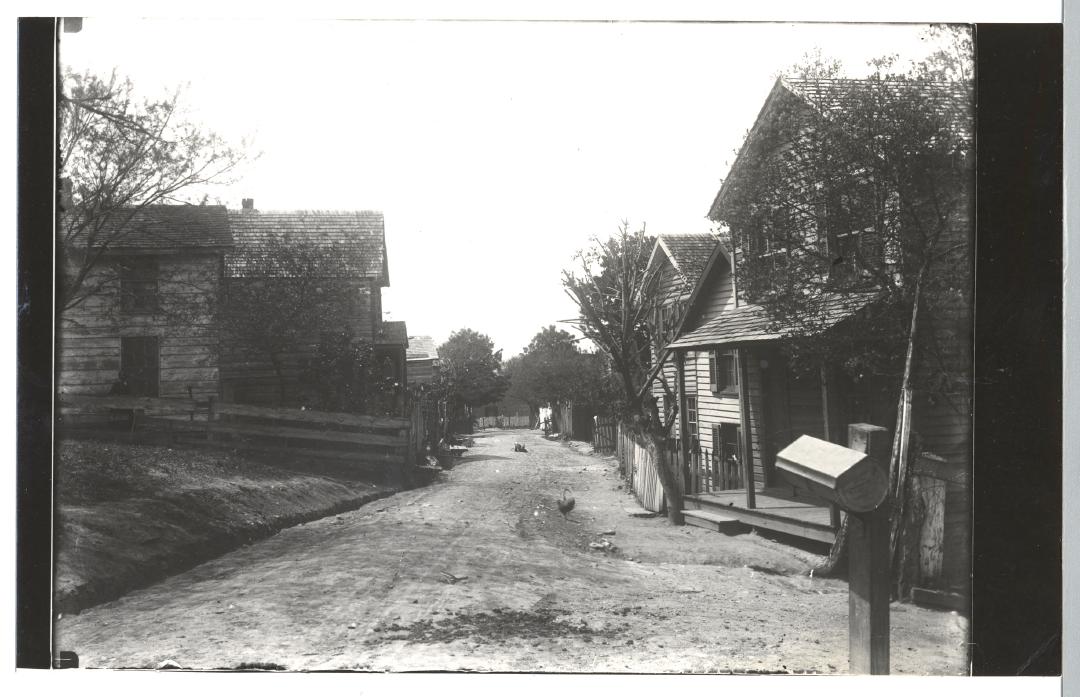Queen City

A corner of East Arlington, known as Queen City. saw the first wave of homes built by African American owners
As Freedman’s Village began to decline - and especially after it was closed in 1900 - residents of the Village had to find new places to live. One such area was the nearby community known as East Arlington. Within East Arlington, two acres of land were purchased by the Mount Olive Baptist Church and this subdivision soon became known as Queen City. Located in the northern corner of East Arlington, the homes in the first wave of residency were built by African American owners.
Residents of Queen City created a close-knit community, with men usually working at the nearby brickyards (they could use the Queen City trolley stop to get to work), and women bringing in work such as sewing. Children went to school locally at the Jefferson School on Columbia Pike, and families would attend Mt. Olive or one of the other nearby churches, St. John’s Baptist or Mt. Zion. The local Odd Fellows had annual “Entertainments” at Christmas and the Fourth of July, supported community members in distress, and even made loans.
Queen City was a strong community built on proximity, hard work, social ties, and the realities of Jim Crow. The 1940 census records show 903 people living in 218 residences in the whole of East Arlington.
World War II and Eminent Domain
With the US’s entry in to World War II, the War Department needed to expand. There was no room in Washington, DC, for a building big enough to hold the department, so a new site was selected across the river in Arlington. The building, now known as the Pentagon, was on the land of the outdated Hoover Airport and the federal experimental farm, but additional space would be needed for parking and roads serving the complex. The East Arlington neighborhood - and Queen City within it - was in the way.
The federal government exercised eminent domain to take over the land in February of 1942. Homeowners were compensated, but unlike the nearby African-American neighborhood of Johnson’s Hill, Queen City did not have paved streets or running water, so property values were lower.
Residents were given four to six weeks to leave their homes in an already tight housing market, and African Americans had even fewer housing options than whites. With intervention from Eleanor Roosevelt and the House Military Affairs Committee, temporary trailer park housing was finally set up for residents in nearby Green Valley and Johnson’s Hill - but not before many families lost all their possessions because they had no safe place to store them.
Not all East Arlington residents moved into the trailers. Some moved away, a few had the money to build a new house in Arlington, and some lived with relatives. The biggest casualty was the community as a whole. Interviews with residents who lived through this time talk about the pain and uncertainty the entire community felt. Those strong community ties were diminished, and were mourned by residents for decades afterwards.
Images
